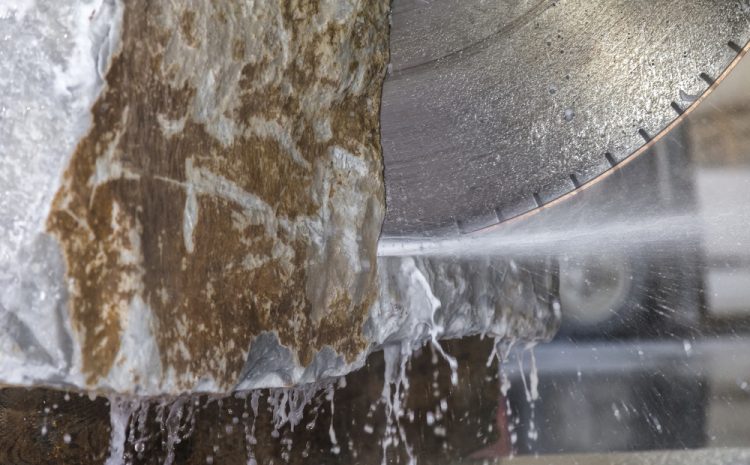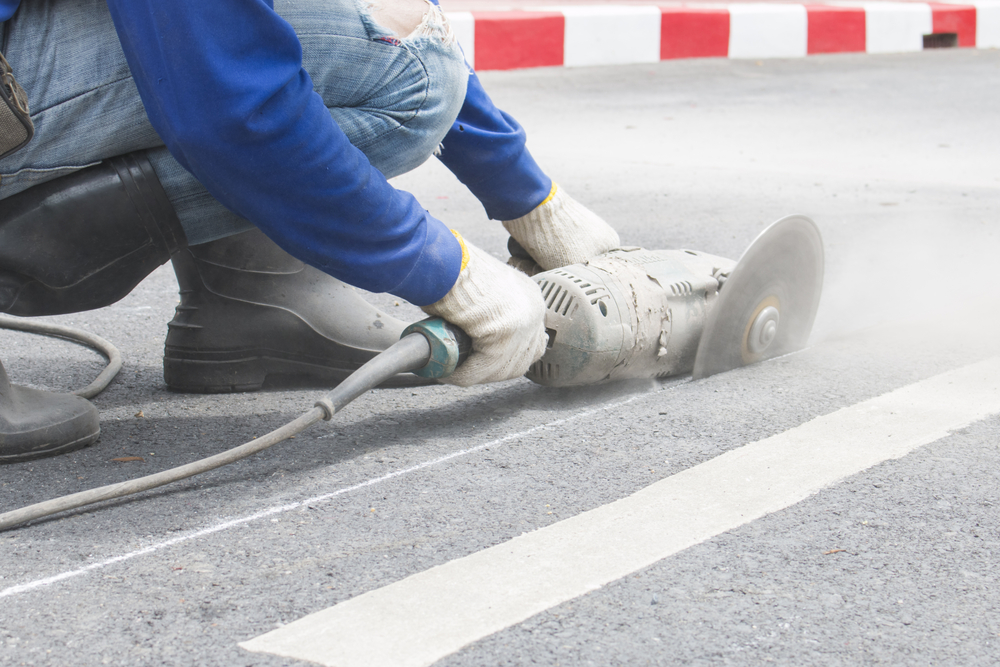
Top 5 Mistakes When Cutting Concrete & How To Avoid Them
Concrete cutting is an important part of the construction industry. Whether you’re building a new structure or you want to remodel a building or structure, you’ll need to cut concrete. And as a project owner or manager, you need to understand the common mistakes people make when cutting concrete and how to avoid them. Please continue reading to learn more about concrete sawing mistakes and ways you can avoid them.
Why Is It Important to Avoid Mistakes When Cutting Concrete
- Mistakes can be costly. Avoiding them negates incurring unnecessary costs.
- Avoiding mistakes reduces the health risks for everyone around the worksite.
- When you avoid mistakes, you guarantee to produce quality workmanship.
Top 5 Mistakes And Steps to Avoid Them
There’re numerous ways you can make mistakes with a concrete cutting project. Mistakes are caused by not using the right tools or not following the right cutting procedures and methods. Either way, you should learn about the common mistakes you can make and be proactive in preventing them.
1). Not Checking Underneath The Concrete – A slab of concrete or concrete wall can hide a lot of things inside. It might contain electrical wires, plumbing, or rebar. It would be a huge mistake to cut through concrete without first understanding what is inside the concrete.
With this in mind, the cutter should inspect the blueprint to determine what’s beneath the concrete. If there is no sufficient information from the blueprint, concrete scanning and imaging might help identify what lies beneath the surface before you cut through concrete.
2). Improper Cutting Techniques And Procedures – The technique you use to cut the concrete will depend on the nature of the concrete. Concrete cutting is not just drawing up a chalk line and following. Improper cutting techniques might damage the concrete surface and/or the tools.
After laying out the cut saw lines or drill points, the cutter should select the appropriate equipment and then cut to the appropriate depth. Most importantly, the cutter should cut at an appropriate speed. Drilling or sawing too fast might damage the bits of blades. And when the saw lines are not visible, you should stop cutting and clean the surface.

3). Improper Curing – Once you pour concrete, it only takes two days to set. However, it will take as many as 28 days to cure. Improper curing techniques and care can result in improper curing.
During the 28 days, it’s important to take care of the concrete and ensure it cures well. Otherwise, the concrete might crack, crumble, or become unstable during sawing or drilling.
4). Using Improper Tools – Using improper tools can damage the concrete surface or the tool. For instance, using tools designed to saw or drill older dense concrete on recently cured concrete might damage the concrete surface. On the other hand, drills and saws designed for recently cured concrete can damage the tool.
The same case applies when cutting different materials (for example, a slab of concrete and tiles) during the same job. Do not assume a masonry diamond blade or diamond drill will cut tiles, asphalt, wood, or other materials. You should change to an appropriate blade, bit, or equipment for the different types of material you may encounter.
To avoid this mistake, the sawing personnel must evaluate the concrete slab in intricate detail and, thereafter, choose the right equipment for the job. Additionally, always sharpen your tools to ensure they cut through concrete with ease.
5). Inadequate Safety Precaution – Noise, dust, and other risks are commonplace in the construction industry. It is of utmost importance that you take proper precautions. Concrete sawing is a noisy and dusty business.
You should wear personal protective equipment and follow safety guidelines when sawing concrete. For instance, wear safety glasses to protect your eyes, gloves to protect your hands, appropriate and tight-fitting work clothes, and earplugs to protect your ears. Additionally, wear a face respirator, reflective jacket, hard hat, and steel-capped boots.
Finally, wet the concrete surface to mitigate dust production. Dust is a huge issue when core drilling and concrete sawing. Wetting the concrete surface mitigates dust production and ejection from the concrete surface.
Final thoughts
It’s easy to make a mistake while sawing concrete. However, there are a number of ways you can enhance the safety of your concrete cutting project, eliminating the risk of making mistakes that affect the quality of the workmanship.
Equally, you can take precautions to eliminate the risk of making mistakes that can jeopardise your health or that of anyone around the worksite. Before commencing concrete sawing, ensure you’ve taken appropriate precautions to minimise and/or eliminate the risk of making mistakes.
Hire A Professional Concrete Sawing Company In Sydney
Sydney Sawing & Drilling is a professional concrete sawing company you can trust to meet all of your concrete sawing needs. We are not only experienced in sawing concrete but we are also experienced in doing our job in a safe manner. You can trust our team to get the job right the first time without causing damage or risking the health and safety of those around the site or the property itself.
If you are looking for a concrete cutting company in Sydney that is trustworthy and reliable, then don’t go past Sydney Sawing & Drilling. Please call us today on (02) 9158 6101 or leave an enquiry.

